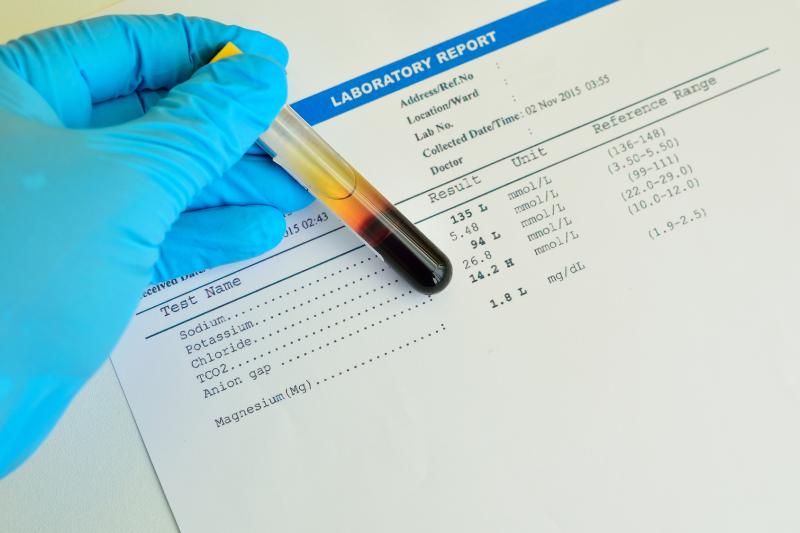
Serum potassium levels in Chinese patients with hyperkalemia appears to decrease following treatment with sodium zirconium cyclosilicate (SZC), as shown in the results of a phase III trial.
A total of 270 patients with serum potassium levels of ≥5.1 mmol/L were recruited across 35 sites in China. These patients received SZC 10 g three times daily for 24 or 48 hours during an open-label initial treatment phase (OLP). Those who achieved normokalemia (3.5–5.0 mmol/L inclusive) were then randomly assigned to receive SZC 5 g, SZC 10 g, or placebo once daily during a 28-day randomized treatment phase (RTP).
The primary endpoint was mean potassium levels during RTP. Mean change in potassium levels during the OLP, the proportion of patients who achieved normokalemia at the end of the OLP, the proportion who maintained normokalemia during the RTP, and time to recurrence of hyperkalemia were also evaluated as secondary endpoints.
The vast majority of patients (94.8 percent) completed the OLP. During the OLP, mean potassium levels decreased by 1.1 mmol/L from baseline (5.9 mmol/L; p<0.001), with normokalemia occurring in 87.4 percent of patients.
During the RTP, SZC conferred a dose-dependent reduction in the primary endpoint of mean potassium levels compared with placebo. The least-squares means were 4.4 mmol/L with SCZ 10 mg, 4.9 mmol/L with SCZ 5 g vs 5.2 mmol/L with placebo (p<0.001 for both comparisons).
At the end of RTP, the proportions of patients who maintained normokalemia were 76.5 percent with SZC 10 g, 58.8 percent with SZC 5 g, and 36.8 percent with placebo (SCZ 10 mg vs placebo: odds ratio [OR], 6.3, 95 percent confidence interval [CI], 2.6–15.3; p<0.001; SCZ 5 mg vs placebo: OR, 2.5, 95 percent CI, 1.1–6.1; p=0.035).
The risk of recurrent hyperkalemia decreased by 84.0 percent with SZC 10 g and by 61.0 percent with SCZ 5 g relative to placebo (p<0.001 for both comparisons).
During the RTP, adverse events occurred more often in the SZC groups (5 g: 50.0 percent; 10 g: 44.0 percent) than in the placebo group (36.0 percent), driven primarily by peripheral oedema and constipation.